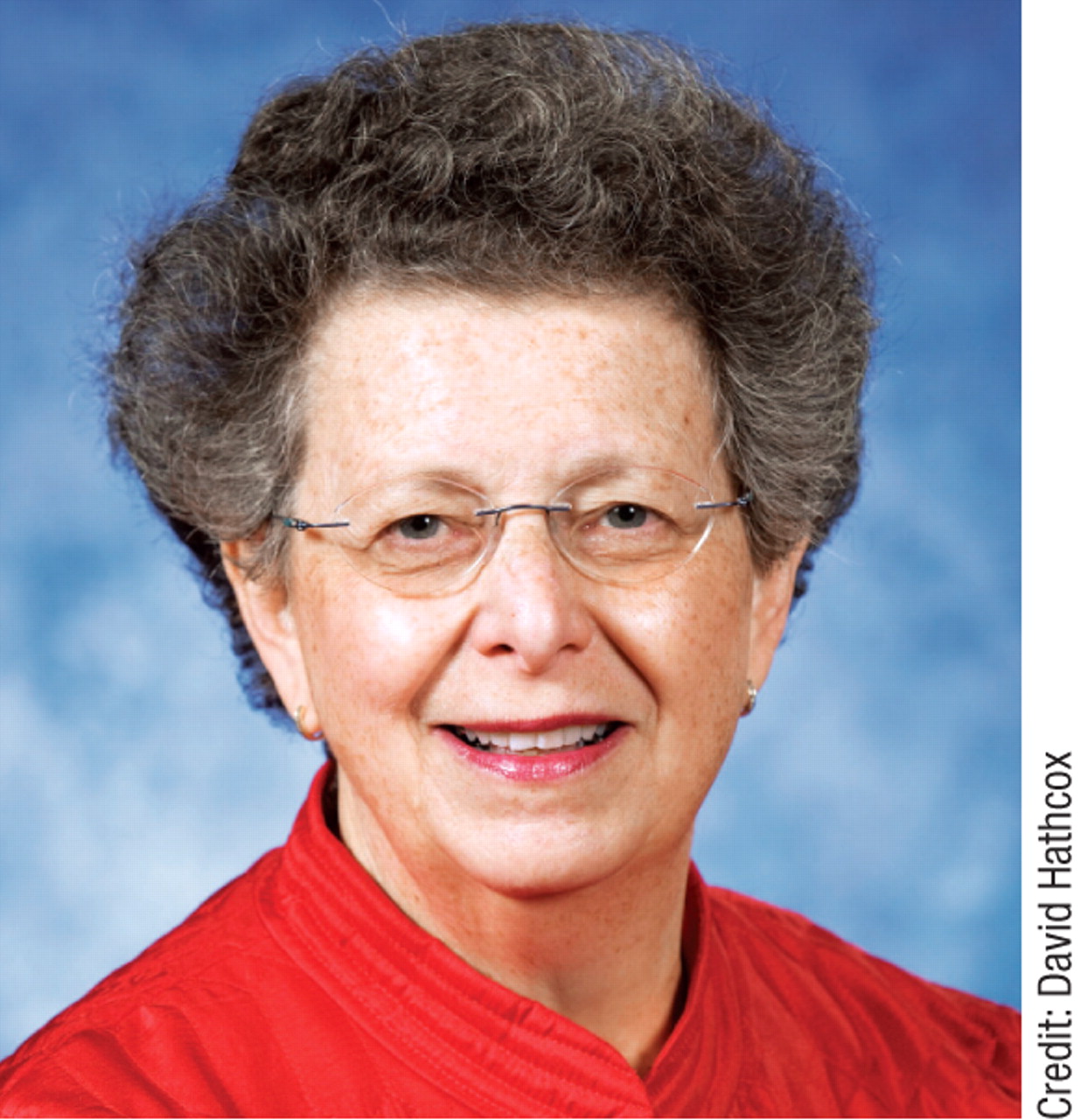Preventing Suicide: Don't Let Them Jump

Credit: David Hathcox
Our annual meeting next month will be in San Francisco, the home of the Golden Gate Bridge. When we set out to prepare the illustration for our annual meeting posters and programs, the first graphics we were offered featured the bridge. However, as you probably noticed by now, the image you see in the annual meeting logo and on related publicity shows another iconic symbol of San Francisco, a cable car. That is because the Golden Gate Bridge is the site of more suicides than any other place in the world. The installation of an emergency telephone helpline has enabled some individuals standing on the bridge and contemplating suicide to obtain help and change their minds, but that is not enough.
I did not want to make a picture of a suicide venue the symbol of our meeting. Instead, I want to use our meeting—the largest psychiatric meeting in the world—as an occasion to make a statement about suicide and suicide prevention. Although physicians have a duty not only to individual patients, but also to the public health, we don't tend to think of our responsibilities that way. We worry a great deal about our suicidal patients; this is an opportunity to use our expertise and credibility to save additional lives.
For years, suicide prevention groups that include some of our colleagues have pressed for the installation of a suicide barrier on the Golden Gate Bridge. This would be very costly, and it would change the appearance of this world-famous landmark, but those are perhaps not the most powerful rationales for opposition to a barrier. The problem is that many people are convinced that a person who is suicidal, if deterred from one method of suicide, will simply find another. I suppose that is a common-sense assumption; however, the data do not support it. Last July, the New York Times Magazine contained an excellent article about suicide and provided many of the specific findings below. In one reported study, researchers looked for individuals who had been caught in the act of attempting to jump and prevented from doing so. The great majority of them had not gone on to commit suicide by some other method. There is also a classic study from England. When coal gas was the primary heating and cooking fuel, there were many suicides committed by turning on the kitchen oven. The introduction of alternative fuels cut the incidence of suicide by a third, to a level that has been steady ever since. Another study reported on two neighboring bridges equally high over a river. One bridge was the site of a great many more suicides than the other; the only difference was in the height of the barrier.
As psychiatrists, we deal mostly with suicide attempts that are planned and are the result of one or more psychiatric conditions. However, our patients tend to use methods that turn out not to be lethal, such as taking an overdose of a medication. There is another group of suicide attempters. They may not have major psychopathology, but make an impulsive attempt in a moment of despair. Unfortunately, they tend to use highly lethal methods: jumping from high places or shooting themselves. If the means are not at hand, the moment passes and the despair dissipates. The term for that policy is “means restriction”—like barriers on bridges and laws requiring guns to be locked up and unloaded. As the New York Times article noted, we seem to have an easier time understanding that an impulse to kill someone else can be thwarted by the absence of a gun than grasping the fact that the same holds true for killing oneself.
Members of the public, and some of our physician colleagues in other specialties, sometimes forget that psychiatry is a life-and-death specialty. Our meeting next month will feature several presentations about suicide and suicide prevention. Because reading or hearing about suicide can precipitate acts of suicide, some of these sessions will be restricted to professionally qualified attendees.
The erection of a barrier has finally been officially approved, but it has not yet been funded. Let us use the largest psychiatric meeting in the world—ours—to advocate for suicide “means restriction” at the Golden Gate Bridge and throughout the world. ▪



